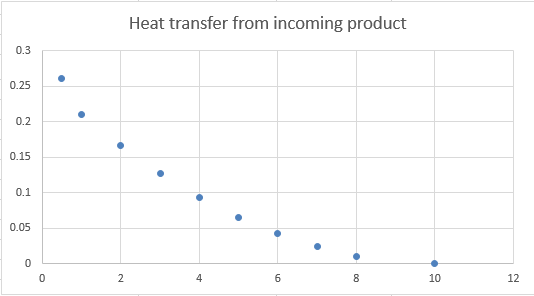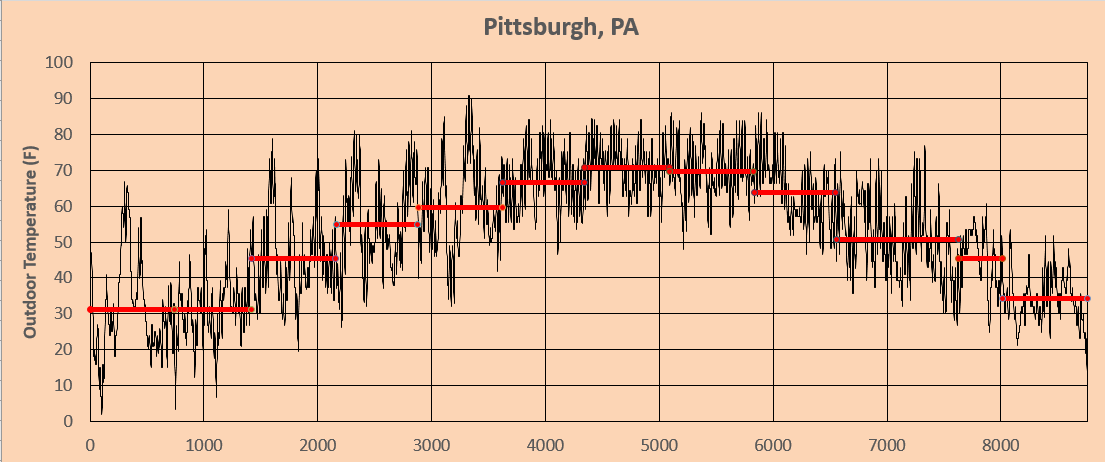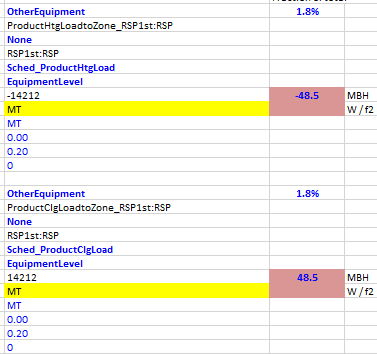Dear forum, I've recently refined my approach to making an energy model reflect the HVAC loads caused by incoming products to a warehouse, and would love feedback regarding whether I have covered the key aspects. This is a topic which I have not seen addressed in forums or elsewhere, but it seems significant for certain buildings.
One the one hand, this took a while to figure out and create. On the other hand, I think it can be replicated very quickly and adds more depth to models which have lots of incoming material.
Background: Some warehouses receive tons of product each day from delivery vehicles like semi-trailers. The contents of the trailers are generally at the same temperature as the outdoors and so impose a heating load on the building in the winter and cooling load in the summer. I'm not always sure if the load is worth modeling, but wanted to make a fast way to include that load. Here's what I have done so far:
- Find out or make assumptions about the rate at which material arrives, resulting in somethng like:

- Quantify that as a peak load on a Winter DesignDay (lower right of the image below)
- If the product moves from one zone to another, (e.g., receiving dock to storage), determine how long it stays in the first zone and assign a fraction of the total load to the time it spends in each zone. (the chart below uses a simple quadratic formula to portion the load to each hour)

- Review the weather file to see monthly average temperature and apply a fraction for (monthly temp / peak temp) to each month. (I've made a TMY spreadsheet which figures out the average temp for 12 time periods in a year.)

- Put those values in Schedule objects (one for heating, one for cooling, one of which is always =0)

- Make the load a negative value in winter, positive in summer and run the model

I occasionally model a building in which a heating process (e.g., oven) adds energy to parts which then cool inside the zone. That situation can be modeled with a fairly simple adaptation of this approach.
p.s., I'm happy to share the tool if you agree with the process and are interested.




